Look before you leap – the small business CGT concessions Posted on October 9, 2018

It’s never too early to consider an escape plan, so when setting up a business structure consider the effect of the proposed structure on potential exit strategies down the track. The small business CGT concessions provide smart exit strategies, and therefore consideration can be given on how you may be able to access and maximise the concessions in the future.
While all structures (companies, trusts, partnerships and sole traders) can access the small business CGT concessions, there are situations where a discretionary trust may receive greater advantages. For example, a company may find that it can reduce a capital gain via the small business 50% reduction, but not have sufficient franking credits to pass on this benefit to shareholders in a tax-effective manner. Similarly, a unit trust may access the concessions but fund that some of the benefit is undone via the application of certain CGT events (for example, a unit trust makes a non-assessable payment).
Naturally the small business CGT concessions are only one factor that should be considered. For example, if a business intends to conduct research and development activities it may not be the best option to consider a trust structure only to find that the R&D tax incentive is only available to companies.
Don’t just set-and-forget
It is important to be mindful of changes in legislation, and this is especially true of the small business CGT concessions, which are the subject of frequent changes in law and interpretation.
Consider for example if a business is on the verge of not satisfying the $6 million maximum net asset value test. Thought could be given to selling an asset to an associate, however it is necessary to identify the most appropriate time to take this action, as in the context of the maximum net asset value test. This must be satisfied just before any “CGT event”. In one court case, it was deemed that a transaction occurred when a heads of agreement was entered into, not when the contract of sale was signed.
In another case, shareholders signed a letter indicating their agreement to sell their shares. The letter stipulated a requirement of exclusive dealing between the parties and made reference to certain conditions precedent (including that the purchaser would undertake due diligence). The court found that the sale happened when the letter was signed, not when the ultimate contract was executed.
Maximum asset value – know what to count
Satisfying the maximum net asset value test requires that the total of the net value of CGT assets, and the net value of the CGT assets of connected entities and affiliates (associated entities), does not exceed $6 million. Net assets refers to the value of the assets after subtracting liabilities that are related to those assets, as well as certain provisions.
A CGT asset is defined as any kind of property or a legal or equitable right that is not property. Depreciating assets and trading stock are both CGT assets. Do not exclude these assets merely because the profit on their disposal is taxed under a different regime. This may not be a common consideration today, but similarly which CGT assets acquired before 20 September 1985 may not attract CGT on disposal, they are still taken into account for the purpose of this test. The same is true of non-taxable Australian property held by non-resident taxpayers.
The provisions that may be deducted are for annual leave, long service leave, unearned income and tax liabilities. Be careful not to overlook these provisions if they are not disclosed in the financial statements.
Know what doesn’t count
When applying the maximum net asset value test, certain assets may be disregarded. By maximising these exclusions, it may be possible to bring the aggregated net assets of the business and associated entities below $6 million. This may be done, for example, by purchasing or improving an excluded asset and:
-
maximising superannuation contributions, or
-
making a bona fide gift to a recipient who is not connected to the taxpayer.
An asset that is owned by an individual and is being used solely for the personal use and enjoyment of that individual or their affiliate is an excluded asset. A holiday home may be an example of such an asset, but vacant land on which an individual intends to construct a holiday home will not qualify.
The ATO’s view is that the use of an asset over its entire ownership period should be considered – not only how the asset was being used at the time of the CGT event. The Commissioner believes that any non-personal use of an asset at any stage of its ownership can render it ineligible to be disregarded.
An individual’s main residence is another example of an excluded asset, though it would not be fully excluded if the individual used it for income purposes, such that they could claim a deduction for interest during part of the ownership period. A deduction for interest (if any were incurred) would be available if a part of the home were set aside exclusively as a place of business, was clearly identifiable as such, and was not readily adaptable for private use. A doctor’s surgery located within a home is an example. Income producing use by an individual other than the owner would not prevent the dwelling to be excluded. For example, a doctor working from home may be well advised to ensure that their spouse owns the house outright.
Don’t assume the sale price is the market value
The maximum net asset value test asks taxpayers to obtain a market value of relevant CGT assets, which is the be determined in accordance to common law principles. In most cases, the market value of an asset will be the price agreed to by parties dealing at arm’s length.
However there are cases where the courts have found that market value and sale price have diverged. This may occur where a buyer is willing to pay more than the asset’s intrinsic value because it has a particular adaptability of usefulness to them (for example, a parcel of land that a neighbour is keen to acquire).
Market value and sale price may also diverge in cases of aggregated disposals, where, for example, a taxpayer is one of three equal shareholders who sell their shares to a single purchaser, where a premium is included due to the sale resulting in the buyer thereby obtaining control of the company.
Taxpayers who wish to argue that the proceeds from the sale of an asset are greater than its market value should remember that they bear the onus of proof. It is not enough to merely find flaws in the ATO’s valuation. It would be wise to obtain the services of an independent professional valuer – preferably one with relevant experience in the asset being valued. Tax law is rife with examples of the courts failing to accept a valuation because the methodology was flawed, so the valuer should clearly document the process they undertook and be prepared to justify it.
Active asset test, cautionary note
Remember to look back at an asset’s use over its relevant ownership period to determine whether it satisfies the active asset test. Unfortunately some business owners incorrectly assume that an asset that is currently active has always been so.
To satisfy the active asset test, if the asset has been owned for less than 15 years, it must have been an active asset for at least half of the ownership period. Once an asset has been active for 7.5 years, it will always satisfy the active asset test no matter how long the asset has been owned. From that point, if it ceases to be active for any reason, this will not prevent it from satisfying the active asset test.
Whether a share or unit is an active asset depends on the underlying assets. Broadly, they will be active if 80% or more of the market value of all assets of the company or trust are active or otherwise included. A share (rather than asset) sale can often be preferable to the vendor, so disposing of any non-active assets (especially pre-CGT assets if possible) to enable the shares or units to get above this 80% threshold is another option to be considered.
Sometimes, being in business isn’t enough
Certain assets are specifically excluded from being an active asset. One such exclusion applies to assets that have a main use by the taxpayer to derive rent, unless the main use for deriving rent was only temporary.
There is a misconception among some that this exception does not apply where the taxpayer carries on a business of leasing properties. The courts have rejected this argument, stating clearly that is does not matter if the taxpayer is in the business of leasing properties or not.
That is not to say that all income derived from allowing third parties to use property is considered “rent” for the purposes of the exclusion. The ATO has at various times previously ruled that income derived from a commercial storage facility, boarding houses, holiday apartments and caravan parks were not rent. Conversely it has also found that payments for short stays in a holiday unit were rent. The key factor to consider is whether the occupier has a right to exclusive posession of the property.





